There is no "visa", how the foreign invasive plants "settle" China 丨 sharing before going to bed
Author:Jiefang Daily Time:2022.06.19
Water gourds, chamomile, purple stems, dolphin grass, aircraft grass ... In recent years, these frequently exposed foreign invasive plants have caused serious losses to my country's ecosystem and economic development. China has become one of the worst countries invading foreign plants.
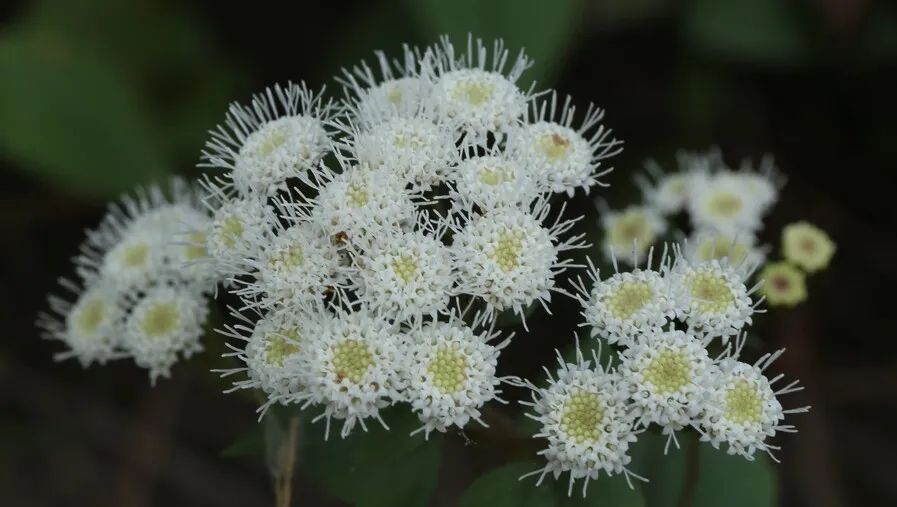
So, how much is Chinese invasion of plants in China? How did these "foreign customers" pass and spread? After more than ten years, the first comprehensive and systematic foreign invasive plant survey and Zhishu writing work was officially completed. This is an important basis for foreign invasion of plants in China, and it is an important basis for the national level to conduct in -depth research, scientific popularization, and scientific management of the national invasive plants at the country.
The Jiefang Daily's "Shang Study Room" column interviewed Dr. Ma Jin Shuang, the editor -in -chief of Zhishu, to comprehensively introduce readers before and after the publishing of Zhishu and the family of invasion of plants from foreign countries.
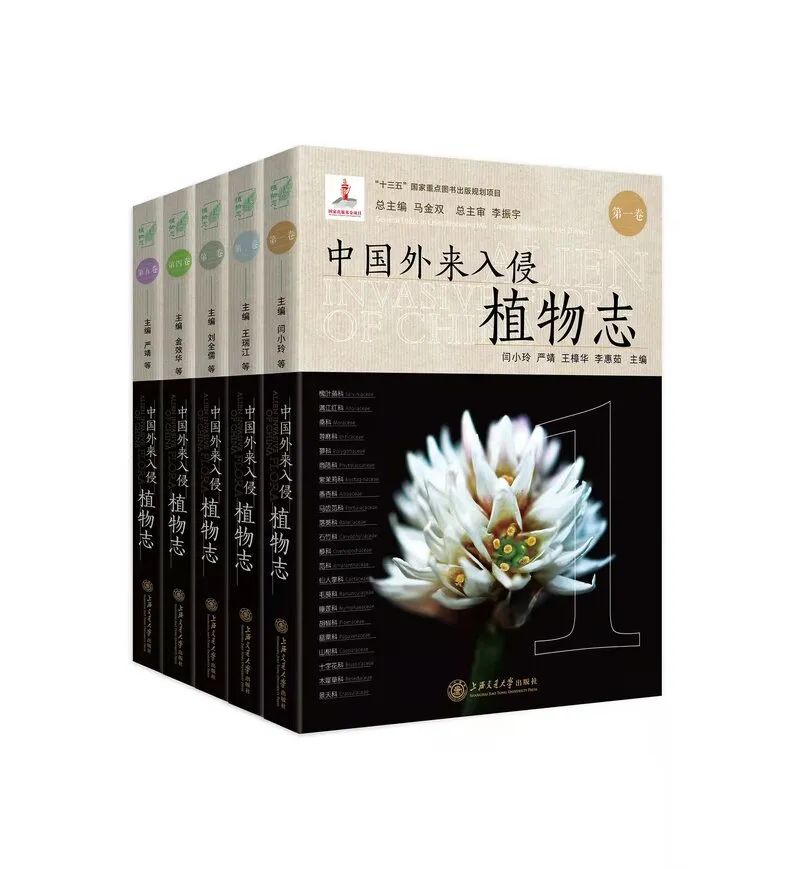
"China Foreign Invasion of Plants" Ma Jinshuang Shanghai Jiaotong University Press
The first national and systematic survey
The study of foreign invasion plants is a basic work. Just like covering a high -rise building, the work we do is to play a foundation. It may not be seen outside, but it is very important.
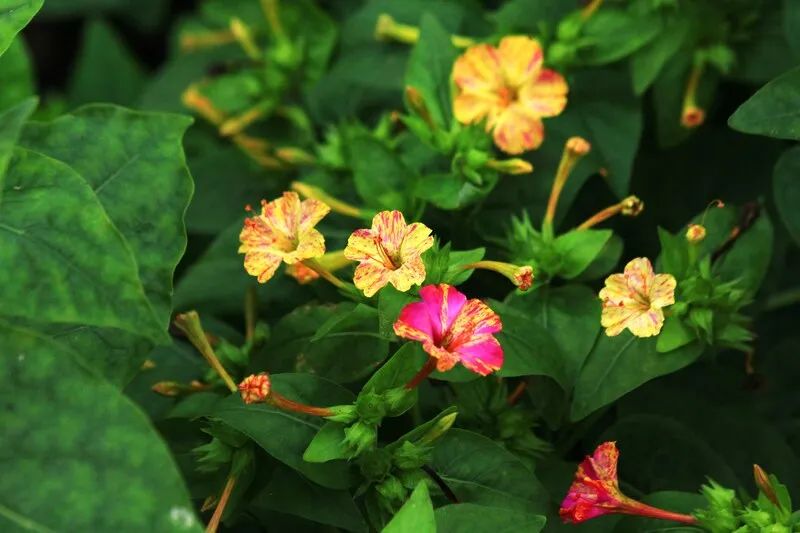
Purple Jasmine, native tropical America
The study of the study: The book that invades plants in addition to the theme is the first in China, and it is rare worldwide. Why publish this book?
Ma Jinshuang: In March 2010, I returned to China after 15 years of work overseas, and soon joined the Shanghai Chenshan Botanical Science Research Center of the Chinese Academy of Sciences (Shanghai Chenshan Botanical Garden). The census and research work of foreign invasive plants have been carried out earlier in developed countries in Europe and the United States, with a history of nearly 100 years, and our country started late. In the 15 years I worked abroad, about seven or eight years, I was engaged in research on foreign invasion plants in the Brooklyn Botanical Garden in New York. Therefore, after I came to the Tanshan Botanical Science Research Center, the first scientific research topic funded by the unit was the research on plant invasion of China.
The study of foreign invasion plants is a basic work. Just like building a high -rise building, the work we do is to play a foundation, but it may not be seen outside, but it is very important. At that time, our country's foundation of the foreign invasion of plants was unclear as a whole, and the ecological and economic impact caused by foreign invasion of plants had not attracted enough attention.
Go to the study: In other words, before that, my country's invasive plants have not conducted large -scale investigations?
Ma Jinshuang: Yes. At that time, there were no complete and in -depth investigations to the foreign invasive plants, and only local, sporadic research and investigations.
Our country has started the writing of "Chinese Plants" since the 1950s and completed in 2004. It has gone through more than half a century before and after. It was a system census for the entire Chinese plant resources. "Chinese Plants" has published a total of 80 volumes and 126 volumes, which can be said to basically find out the plant resources of China. However, since the reform and opening up, especially since the 1990s, my country's economic development has made rapid progress. With the increase in economic and trade, the increase in personnel, and the increasingly convenient transportation, tourism, import and exports have grown rapidly. Essence At that time, our country only surveyed some foreign species such as water gourds, chamomile, purple stems, plane grass, Canadian yellow flowers, rice grass, etc., but the national and systematically investigated surveys of foreign invasion plants have not yet been surveyed. We are the first time.
Go to the study: This sounds like a very large system project. Where did you start at that time?
Ma Jinshuang: I came to Shanghai in March 2010, and in July, I led the team to start the national basic information. First sort out relevant literature reports, field investigations, and specimens records of provinces, autonomous regions and municipalities to understand the general situation of invasion of foreign plants from various places. This job took about 3 years, and finally sorted out and published the "China Foreign Invasion Plant List".
We have united eight scientific research units across the country to conduct national research work. On the basis of research, we also published the "Report on the Invasion of Foreign Invasion of China".
After this work was completed, we had a preliminary grasp of the overall situation of Chinese foreign invasion of plants. Therefore, with the basic funding of the Ministry of Science and Technology, we officially launched the compilation of the "Chinese Foreign Invasion Plants". This time, we have united 11 scientific research units and colleges and universities, with more than 100 participants. The members of the project team were divided into five natural geographical areas according to the region of China, and the county used the county as the unit to comprehensively conduct a survey of foreign invasive plant types. After the census, we immediately started the writing of the book, and it took about two years to have the official publication of this five volumes of "China Foreign Invasion Plants".
Sometimes even risky life
Recently, some people have statistics that in the history of Chinese plant academic qualifications, there are dozens of accidents in the field investigation. For the writing of this book, after 5 years of field inspection, we collected about 50,000 invasive plant specimens and took more than 150,000 high -definition plants.

Phoenix Lan (commonly known as water gourd), native to Brazil
Go to the study: Where do you think the biggest difficulty of compiling this book?
Ma Jinshuang: Plant aspects are a classification monograph that records plants in a country or region. It can be said that it is the bottom database of a country's plant resources. However, at that time, the foundation of the foundation of plants in my country was very lacking. The classification of botology in Europe began in the 18th century, and Chinese botanical science has only a history of about 100 years today, more than one century or even two centuries later than others. Our country has a large geographical scope, south to the Nansha Islands, Mohe in the north to Daxing'an Ridge, the Black Blind Island in Heilongjiang in the east, and the west to the Pamir Plateau. Moreover, the natural geographical conditions are very complicated, with tropical rain forests, cold areas, inland deserts, and eastern coast. Therefore, the collection of data for foreign invasion plants is very difficult.
Different from traditional plant spirit, "foreign" characteristics are the biggest difficulty in writing. The natural and geographical environment of our country is relatively complicated. There are various natural conditions in the southeast and northwest. Plants in any region in the world can find suitable places to survive. Therefore, we often encounter these when investigating foreign invasion plants. The question that is difficult to answer: First, where does this species come from? Second, when did it come. Third, what channels do it come by. The infamous foreign invasive plants such as purple stems Zelan, because more research is more studied, so we know it more about it. It was from the southwest border in the 1950s, including Myanmar, Vietnam, Laos, Cambodia, Thailand and other countries in China. However, for some other foreign plants, we don't know their origin at all. For example, there are some plants, and we don't know how they have entered China. Because their seeds are much smaller than sesame seeds. When one person enters the Chinese customs, a little bit of dirt under his feet may bring hundreds of seeds of plants. Moreover, these seeds will spread with people everywhere, as long as there are people, they will have their traces. For example, in the mineral imported from coastal ports, many foreign species will also be sandwiched. Therefore, issues such as the introduction time and place of invasive plants, the way to pass, and the spread of proliferation, and areas that may spread in China are particularly laborious.
However, in any case, after more than ten years of hard work, we basically figured out the family situation of foreign invasion of plants in my country.
Go to the study: The process of investigation in the wild is also very difficult?
Ma Jinshuang: Because of our incomplete information, the storage specimens are also lacking, so we have to start from scratch, run the wild, collect specimens, and get first -hand information. Recently, some people have statistics that in the history of Chinese plant academic qualifications, there are dozens of accidents in the field investigation. For example, there are traffic accidents, those who accidentally fall into the cliff, some are bitten by tigers, some fall into the river by the flood, some fall from the tree, all kinds of accidents. Wild investigation is not only very hard, but sometimes even risky.
For the writing of this book, after 5 years of field inspection, we collected about 50,000 invasive plant specimens and took more than 150,000 high -definition plants. At the same time, we also found a large number of new invasive plants, such as fake spines Amaranth, flies, white flowers, gold buttons, erect tears, etc., have obtained rich first -hand information.
Foreign intrusion plants are harmful
The so -called invasive plants refer to unintentional or intentional transmission and introduction of exotic plants through natural and human activities. They can establish a breeding population by themselves by naturalizing, which will affect the biodiversity of the invading place and cause the ecological environment of the invading place to receive Destruction and cause economic impact or loss.
Turkish mustard is one of the earliest invasive species, which emits a pungent smell
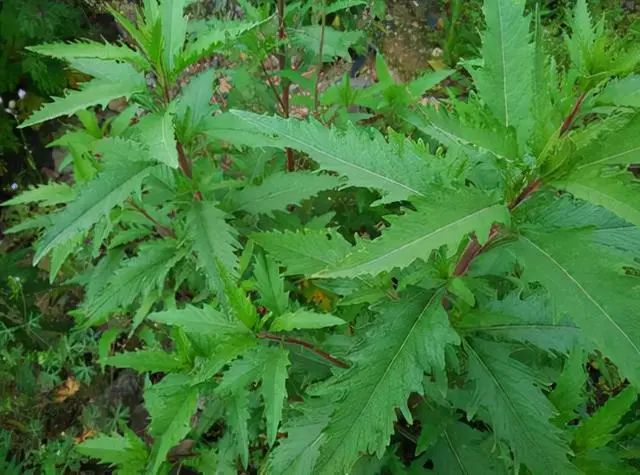
Go to the study: Is it a harmful plant in foreign invasion plants?
Ma Jinshuang: Yes, foreign invasion plants are harmful. The so -called invasive plants refer to unintentional or intentional transmission and introduction of exotic plants through natural and human activities. They can establish a breeding population by themselves by naturalizing, which will affect the biodiversity of the invading place and cause the ecological environment of the invading place to receive Destruction and cause economic impact or loss.
Plants include two parts: local plants and foreign plants. Foreign plants are not necessarily harmful, and in fact, most foreign plants are beneficial. Foreign plants have a long history of introducing my country. As early as the Han Dynasty, when Zhang Jian made the western region, he brought back walnuts, grapes, pomegranates, broad beans, and crickets. According to "Tang Bencao", ramie was introduced from eastern Africa in eastern Africa in 659 AD.
Generally speaking, we divide foreign plants into the following categories: the first category is plants breeding under cultivation conditions, such as cucumber, watermelon, etc. They need to survive under human management conditions, and it is difficult to reproduce in natural state. The second type of plants can be dispersed into the environment, but they have no impact on the surrounding environment. The third category is naturalized plants. They can grow everywhere and breed themselves, but they will not cause great harm. The fourth category is invasive plants.
There are 14,000-15,000 foreign plants in my country, of which more than 90%of them are in cultivation. It is a beneficial plant for us. For example, we eat eggplant, pepper, potatoes, and tomatoes from South America. Among the foreign plants, about 1,000 plants can self -reproduce and survive independently, of which more than 400 are invasive plants that cause harm. In "China Foreign Edge Plants", a total of 402 species of 224 are recorded by the 68 subjects of foreign invasion. Go to the study: How did these invasive plants be introduced into our country?
Ma Jinshuang: There are two main ways to invade foreign plants: one is artificially introduced, and the other is natural invasion.
Artificial introduction includes two forms of intention introduction and unintentional introduction. For example, some application -oriented plants introduced from overseas are used for garden greening, some are medicinal plants, and some are used for windproof sand or other economic plants. Like rice grass from the 1960s to the 1970s, it was introduced to China. At that time, it was mainly to prevent soil loss and protect the embankment. The water gourd was also introduced as feed at that time. Later, because management could not keep up, it lost control to it, indicating that we did not know much about this species at first. In addition to these intentional introduction, some foreign plants were brought in inadvertently, such as sticking to the entry passengers, or mixed products with import and export trade.
Natural intrusion refers to plant seed invasion caused by natural migration through wind media, water flow or bits of insects and birds. For example, the seeds of purple stems and plane grass are very light. Like the seeds of dandelion, the wind blows, and it flew over more than ten kilometers.
In our country, plant invasion has certain regional differences. The invasion of foreign plants is more serious in the southeast coast and the coastal areas of East China. It is very serious from Shanghai, Zhejiang to Fujian, Guangdong, Guangxi, and Yunnan. The reason is that one is the appropriate climate, and the other is that there are many human factors, such as the development of economic and trade in the Yangtze River Delta and the Pearl River Delta region, and very frequent personnel.
The invasion speed is fast to academic research
We can only say that we have done a summary of foreign invasion plants at this stage. We cannot master the latest developments of foreign invasion plants 100%at all. At present, my country's introduction of risk assessment, monitoring and early warning, etc. China still lacks corresponding regulations.
Water gourd has strong life strength, serious threat ecosystem
Go to the study: Why is China one of the most serious countries in the world?
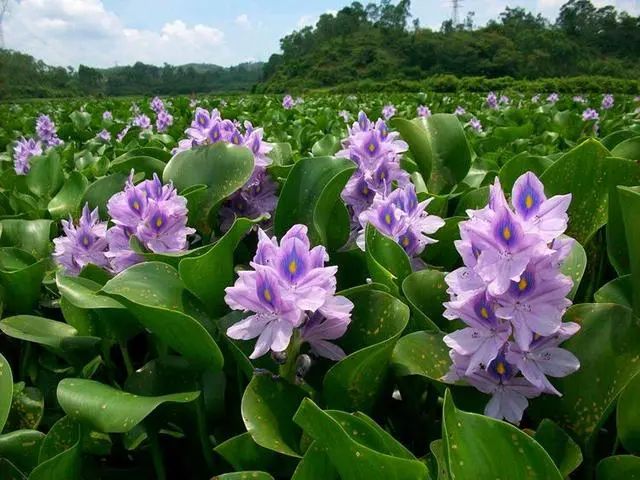
Ma Jinshuang: I just said that our country's natural geographical conditions are very complicated from east to west, from south to south, and there are types of environment. In other words, what kind of species in the world can be found to find the roots. This is the reason for natural geography.
In addition, since the reform and opening up of our country, the economic and social development has been too fast, which has led to the speed of species invasion. To what extent? It's almost impossible to keep up with our academic circles. I can clearly say that the work we are doing at present can only be said to be a summary of foreign invasive plants in my country at this stage. We cannot master the latest developments of foreign invasion plants 100%at all.
Of course, another reason is that we need to further strengthen supervision in import quarantine, species domestication, and international exchanges. In 2015, I arrived at Holgos, Xinjiang, and found that the ditch there was full of Canglee with spikes. It turned out that these invasive plants were brought in in imported grain and goods. It is difficult to survive in the desert areas, but its seeds enter the irrigation system, where the water flows, and where the Cangleng follows. At present, my country's introduction of risk assessment, monitoring and early warning, etc. China still lacks corresponding regulations.
Go to the study: What kind of losses will foreign invasive plants cause the economy and environment of our country?
Ma Jinshuang: Taking Weili as an example, this climbing vine plant is native to South America and Central America. It appeared in South Asia more than 100 years ago, and then entered Hong Kong, China. Later, it gradually penetrated to Shenzhen and then to South China and Southwest. Its English name means "green plague", which spread very quickly. Wherever it goes, all other plants are covered by it, and even the electric pole of the high -voltage line can climb up. In the end, other plants disappeared and turned into a single plant community with only Viggen. It can be said that it completely destroys the landscape and ecological environment and damages the local biodiversity. This loss cannot be calculated with money.
It is also like Cangleng and water gourd. Cangee will occupy farmland, compete with other plants to compete for nutrients. If you do not kill pesticides to destroy it, even corn will not fight it, which will cause grain production reduction and cotton quality. Water gourds are president in the entire waters, causing no oxygen in the water. Fish and shrimp to death will also block the water channel and affect shipping.
Go to the study: When you write the "Chinese Foreign Invasion Plants", you have classified the violation of foreign invasion. What kind of consideration is this?
Ma Jinshuang: It is the first time that the grade division of foreign invasive plants is still the first time in my country. This is also a kind of attempt.
At that time, after mastering the basic situation of Chinese invasion of plants from China, we found that some foreign plants were invaded seriously and some were not serious. Therefore, on the basis of investigation, literature, reports, and grasping the situation Foreign intrusion plants are divided into level 5. Level 1 is a plant that has a huge loss and serious impact on the economy or ecological environment at the national level, such as water gourds, dolphins, etc.; Level 2 is a serious invasion of plants, that is, large -scale invasion or regional sexual assault Plants; level 3 is a local invasion of plants; level 4 is a general invasive plant, which is not harmful or not obvious; level 5 is to observe plants, that is, plants that we have not studied enough or have a short time, and they do not know much about it. In particular, it is necessary to point out that my country's geographical area is large, and the situation of east and west, north and south, is unbalanced. The classification of the same foreign invasive plant requires specific problems and specific analysis. For example, Mimosa is difficult to survive in winter in East China. It is even more unusual in the northeast, northwest, and North China. It is like a baby at home, just like a baby. It is regarded as a rare ornamental plant. However, Mimosa has reached Guangdong, Hong Kong, and Hainan. It is a very annoying "malignant weed". In fact, Mimosa comes from the Americas, which is an out -of -the -box foreign invasive plant. Therefore, in the "Foreign Invasion Plants Research Report", we divide plants according to the region. For example, in the northeast, mimosa is not an invasion of plants, but it is a foreign invasion in South China.
Please choose domestic plant types as much as possible
Local plants have very broad prospects in the development and utilization of cultivation, species, and domestication. You can quote as little as possible foreign plant groups and varieties that do not know much about. Although some strange flowers look beautiful, they may also bring some risks.
Canada's "one yellow flower" was originally introduced as an ornamental flower
Go to the study: What are the good experiences of foreign prevention and treatment of invasive plants?
Ma Jinshuang: Plant invasion phenomena are all over the world, not a country or region. Although there are some mature methods, mechanisms, and systems in developed countries, many places are more systematic or rigorous than us, but in general, there are currently no good ways in the world to prevent foreign invasion plants. I have worked in the Brooklyn Park in New York for seven or eight years. There are more than 3,000 plants in the entire New York region. Do you know how many foreign plants are there? There are more than 2,000, 2/3 are foreign plants. Because the United States itself is an immigrant country, there are many ways to introduce foreign plants, and it is relatively late until the problem of finding foreign species invasion.
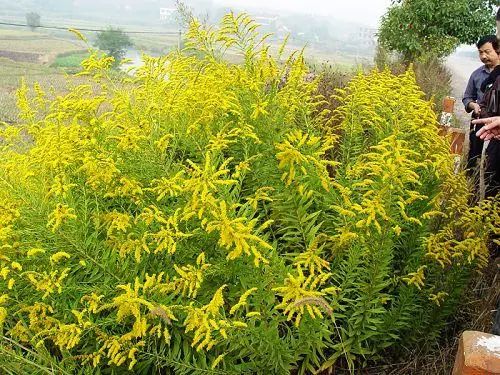
In particular, the treatment of foreign invasion plants is difficult to achieve effective cure. For example, water gourds are asexual reproduction of plants. It rely on its own division, especially in the summer high temperature season. A plant grows into 2 in 24 hours, and then 4 hours will become 4, which increases geometrically. Once the small plant leaves the mother, it will immediately become a new mother. Therefore, in July and August, it is difficult to control the flooding of water gourds. Once this kind of plant invades, it needs to spend a lot of manpower and financial resources to salvage each year. This is the same worldwide.
Go to the study: What should I do if there are foreign invasive plants in the plants planted in the home?
Ma Jinshuang: It doesn't matter if you have foreign plants at home, as long as it is not an invasive plant. According to the grade of foreign invasion plants, the specific suggestions we put forward are: discovering the 4 and level 5 invasive plants should be recorded to prepare subsequent observations; discovery that level 3 invasion plants must be reported or reported, and they are not encouraged to cultivate or produce in production. Use in practice; discovery that level 2 invasion plants must not only be reported or reported, but also not allowed to be used or allowed to be imported; found that level 1 invading plants must be eliminated on the basis of level 2 invasion of plant management.
Since 2003, my country has released 4 batches of "list of Chinese invasion species", including 40 invasive plants. We need to vigorously publicize, scientifically popularize, and let the people understand the relevant knowledge of invasive plants, and do not plant foreign invasion at home.
At the same time, I also want to tell the relevant industry practitioners to choose domestic plant species as much as possible when gardening, cultivating cultivation, and garden beautification. China is called the "mother of the garden" in the world, which was proposed by British botanist Henry Wilson in 1929. He came to China 4 times from 1899 to 1911 and wrote the book "Mother of Garden". He believes that there are many types of Chinese plants that are not available in European and American countries. This is indeed the case, because our country is vast, from tropical to temperate, from coast to inland, and the third pole of the world -the Qinghai -Tibet Plateau. These areas have very rich ornamental plant resources. Therefore, these local plants have very broad prospects in the development and utilization of cultivation, species, and domestication. I call on everyone to quote as little as possible foreign plant groups and varieties that do not know much about. Although some strange flowers look beautiful, they may also bring some risks.
Liberation Daily · Shangguan News Original manuscript, reprinting without permission
Author: Xu Bei
WeChat editor: nano
School pair: 咚

- END -
The State Administration of Cultural Relics carried out a special survey of red slogans in the country
In order to fully find out the preservation of the red slogan revolutionary cultural relics and promote the implementation of the red slogan protection and utilization action plan, the State Administr
He is the most intense warrior, but has the softest heart

Wen Yiduo (1899-1946)The famous oil painter and 91 -year -old Wen Lipeng have held...